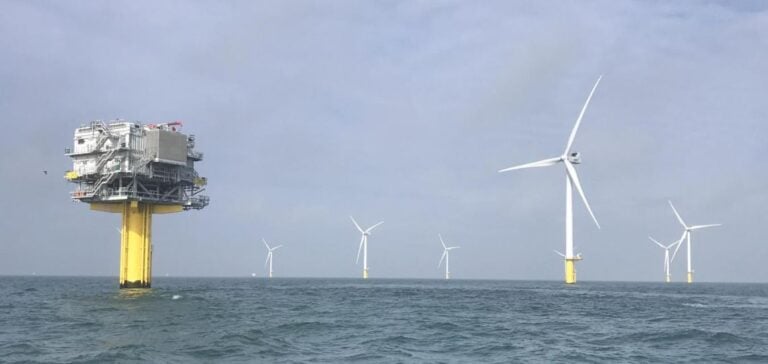The US Bureau of Ocean Energy Management (BOEM) announced an auction for offshore wind projects in the Central Atlantic region on August 14. This initiative is part of the plan to approve 30 GW of offshore wind power by 2030. The areas concerned, located off the coasts of Delaware, Maryland and Virginia, could generate up to 6.3 GW of electricity if fully developed.
Stipulations and Safety Issues
The Final Sale Notice (FSN) published by BOEM on July 1 includes specific stipulations for participating companies. They can earn bid credits by supporting workforce training programs, contributing to a fisheries compensation fund, and entering into construction agreements with unions. In addition, the DSF imposes strict national security requirements. Companies will have to provide detailed information to the Department of Defense (DOD) on personnel authorized to access wind turbine facilities, in order to protect US military operations from possible espionage activities.
BOEM also requires awardees to resolve security concerns raised by the DOD before allowing access to sites by individuals or representatives of foreign entities. This includes the use of equipment manufactured by foreign entities identified by the DOD.
Interactions with Military Operations
The agency also requires awardees to comply with requirements formulated by NASA and the US Missile Defense Agency to avoid potential impacts on operations at the Wallops Island Flight Facility, a satellite launch facility located on Virginia’s Delmarva Peninsula. BOEM has already reduced the size of the areas initially proposed off Maryland in response to concerns expressed by the Navy, Air Force and NASA about defense radar.
Offshore wind operators could be required to contribute financially to the DOD to help manage the impacts of wind turbines on each defense radar system affected by their presence. They could also be forced to curtail operations in the event of national security or defense concerns, which could reduce the revenue-generating capacity of wind farms and potentially deter participation in the auction.
Qualified companies
Despite these challenges, BOEM has determined that 17 companies are qualified to bid in the August 14 auction. These include subsidiaries of major international companies such as Shell PLC, RWE AG and Avangrid Inc. However, it is not certain how many of them will actually participate in the auction. For example, BP Central Atlantic Offshore Wind, a subsidiary of BP PLC, is qualified but it remains uncertain whether it will participate after its new CEO suspended all new offshore wind projects.
In addition to BP, other major companies include Shell New Energies US LLC, RWE Offshore, Avangrid Renewables LLC, Equinor ASA, TotalEnergies SE and Dominion Energy Inc. were also qualified. These companies will have to navigate the complexities of national security requirements and potential impacts on military operations.
Implications for the Energy Market
This auction represents a significant milestone for the development of offshore wind energy in the United States. Participating companies will need to demonstrate innovation and flexibility to navigate complex requirements and security concerns, while assessing the financial risks associated with the potential reduction in operations. The companies’ ability to meet the BOEM stipulations will determine the success of this auction and the future of wind power projects in the Central Atlantic region.
The implications of this auction for the energy market are far-reaching, representing an opportunity for companies to expand their renewable energy portfolios and secure strategic positions in a fast-growing sector. Meeting national security requirements and managing interactions with military operations will be key factors in the success of offshore wind projects.






















